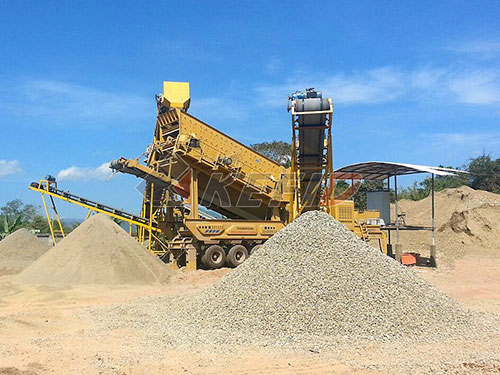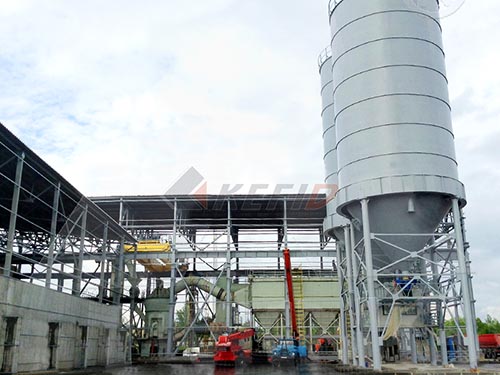Guinea 400tph Crushing Plant: A Strategic Investment in Mineral Processing Efficiency
Guinea, a West African nation endowed with abundant mineral resources, has long been recognized as a global hub for bauxite production. To optimize resource utilization and meet growing international demand, the development of advanced mineral processing infrastructure has become imperative. The Guinea 400tph (tons per hour) crushing plant represents a cutting-edge solution designed to enhance operational efficiency, reduce environmental impact, and bolster the nation’s position in the global mining sector. This article explores the technical specifications, operational advantages, and socioeconomic significance of this state-of-the-art facility.
Project Overview
The 400tph crushing plant is engineered to process raw bauxite ore into uniform-sized aggregates suitable for downstream refining processes. Strategically located near key mining zones in Guinea’s Boké region—home to some of the world’s highest-grade bauxite deposits—the plant addresses critical challenges in traditional mining operations, including inconsistent throughput rates and high energy consumption. With an annual processing capacity exceeding 3 million metric tons, this facility exemplifies modern engineering tailored to Guinea’s unique geological and logistical conditions.
Technical Specifications & Process Flow
1. Primary Crushing Stage
A heavy-duty jaw crusher with a 1,200mm feed opening serves as the primary reduction unit, capable of handling large bauxite lumps (up to 1m³). Its hydraulic adjustment system ensures precise control over output size (250–300mm), minimizing recirculation loads.
2. Secondary & Tertiary Crushing
A multi-cylinder hydraulic cone crusher achieves secondary crushing to ≤50mm particles, followed by vertical shaft impactors (VSIs) for tertiary shaping. This three-stage configuration optimizes particle shape for efficient alumina extraction while reducing overgrinding.
3. Screening & Material Handling
High-frequency vibrating screens with polyurethane panels classify output into three fractions:

– Oversize (>30mm): Recirculated for re-crushing
– Mid-size (10–30mm): Direct conveyor transport to stockpiles
– Fines (<10mm): Dedicated storage for alternative applications

4. Automation & Energy Efficiency
The plant integrates IoT-enabled sensors and PLC systems to monitor parameters like vibration amplitude, bearing temperature, and power consumption in real time. Variable frequency drives (VFDs) on conveyor systems reduce energy use by 22% compared to conventional setups.
Operational Challenges &

Leave a Reply